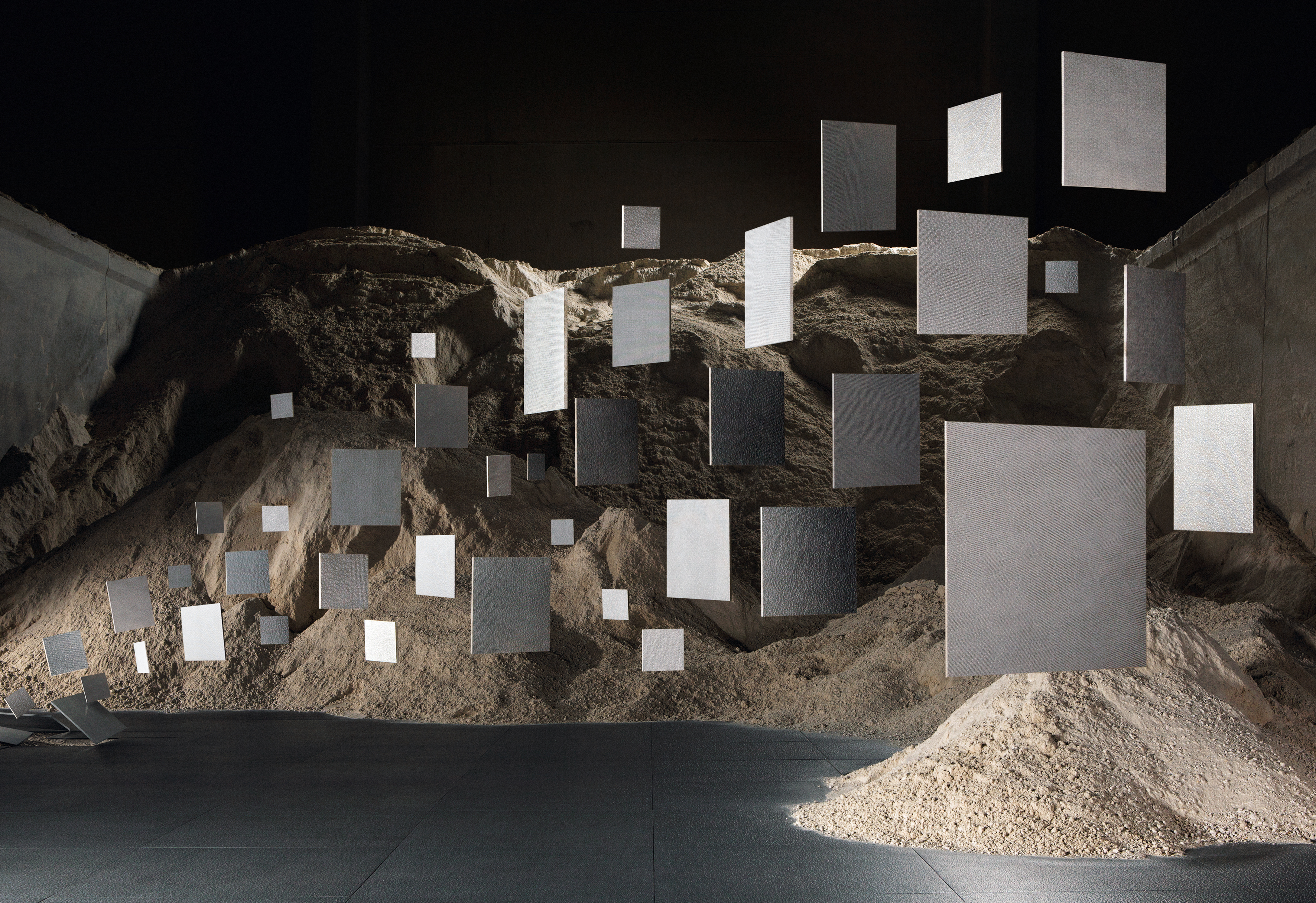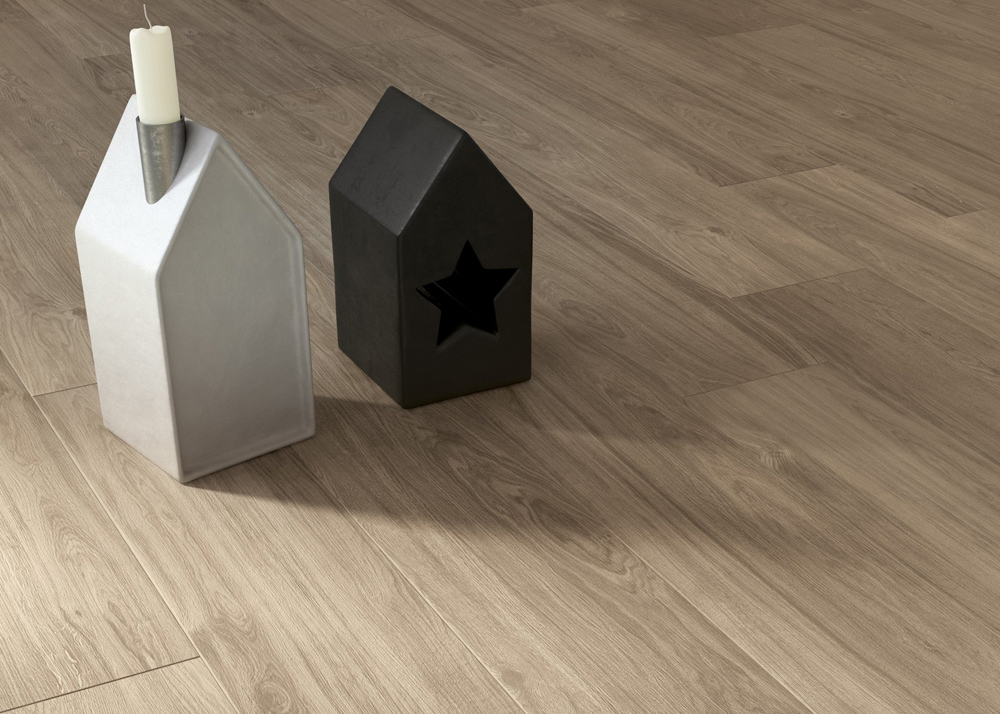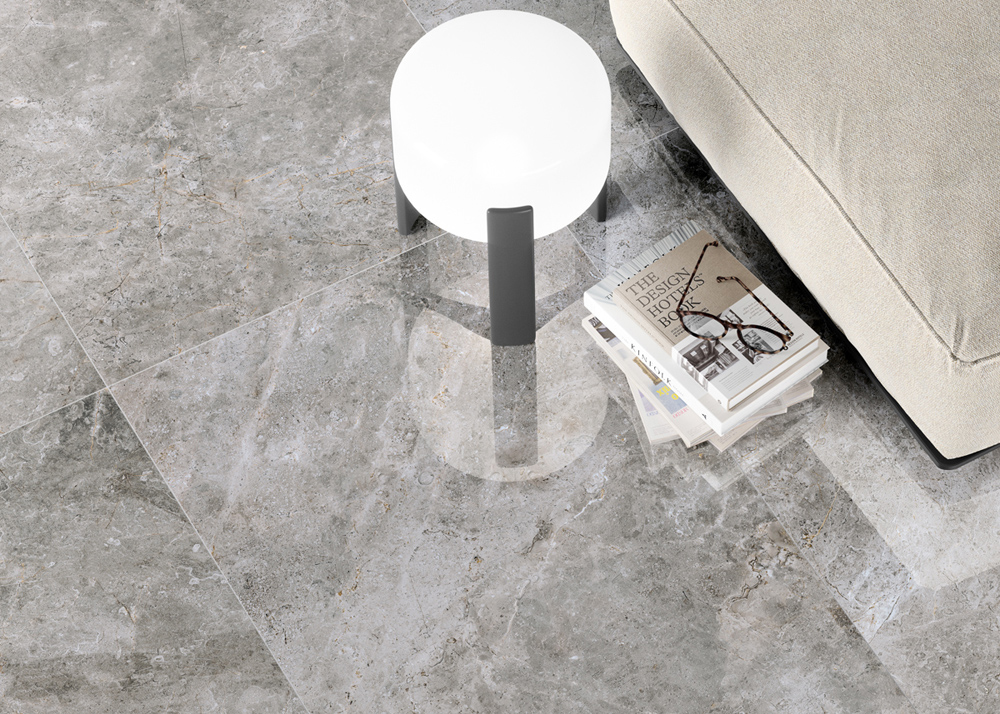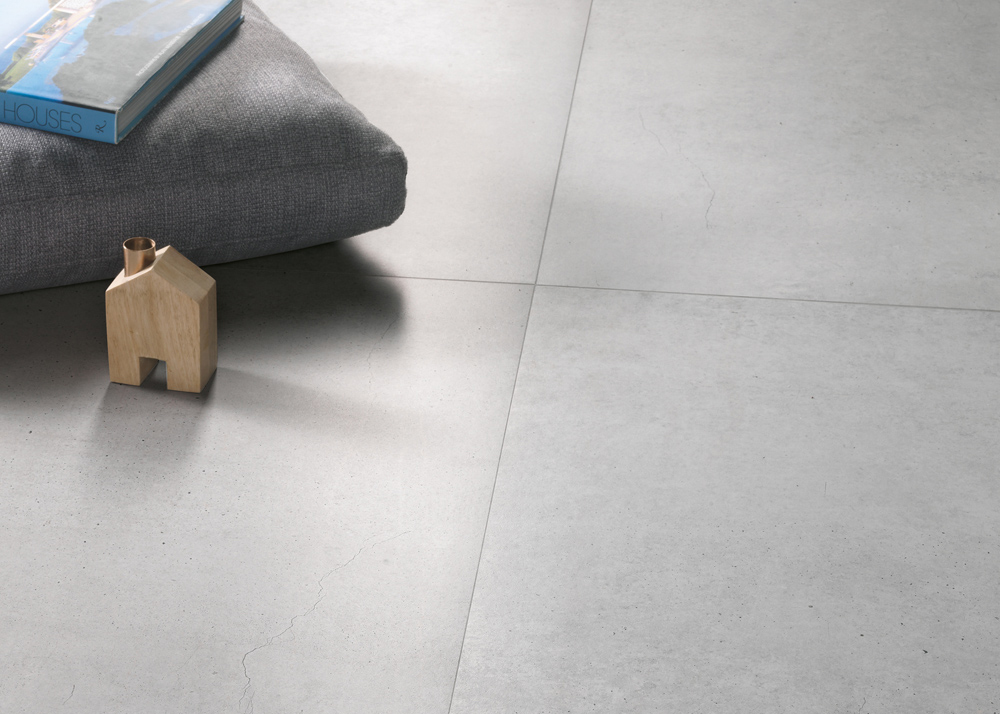Introduction to tile quality standards
In the world of ceramic surfaces, tile quality is determined by production precision, material consistency, and regulatory compliance. Among the most critical factors are dimensional accuracy, surface uniformity, and defect tolerances. For instance, best quality porcelain tiles – often classified as first-grade – must not exhibit more than five minor imperfections per 100 pieces.
This threshold is set by industry standards to ensure visual and structural consistency. Meanwhile, lower grades are accepted with broader tolerances, affecting both appearance and performance. These ceramic tile quality benchmarks allow architects, retailers, and end-users to select products that align with specific project demands, ensuring reliability and aesthetic excellence.
Understanding quality grades in porcelain tiles
Technical definitions and industry standards
In the tile industry, quality grade is a technical classification that defines the level of conformity to specific production standards. It indicates how closely a tile aligns with ideal parameters such as dimensional accuracy, colour consistency, and surface finish.
Top-grade porcelain tiles are subject to the strictest controls and are virtually free from visible imperfections. Lower grades, by contrast, may show slight deviations or minor surface marks, which do not compromise usability but may affect appearance. These classifications offer professionals and private buyers a reliable way to assess a tile’s suitability for different settings.
International standards are fundamental to defining the thresholds that distinguish different levels of tile quality. Organisations such as ISO set comprehensive criteria for physical and visual tolerances, covering aspects like dimensional consistency, surface finish, absorption rates, and structural durability.
The science behind tile production and quality control
Producing high quality tiles starts with the accurate selection and preparation of raw materials, such as clay, feldspar, and quartz. These components are milled into a fine, homogeneous powder, ensuring uniformity in both structure and colour.
The mixture is then pressed under high pressure to create a dense and compact tile body, which forms the basis for its mechanical strength. After drying, tiles are coated with glazing compounds that determine surface texture and protective qualities.
The firing process, typically carried out at temperatures above 1200°C, is critical in vitrifying the material, improving chemical resistance, and achieving structural stability. Throughout this stage, precise control of thermal distribution helps to avoid warping and dimensional irregularities, resulting in a product that meets tight manufacturing tolerances.
Once the firing process is complete, tiles undergo rigorous quality control to verify compliance with predefined standards. Inspections assess features such as flatness, edge sharpness, tonal variation, and structural integrity. Products that satisfy all criteria are classified as best quality floor tiles, ideal for demanding architectural applications.
In the case of best quality porcelain wood tile, inspectors also evaluate the continuity and realism of wood-effect patterns. Any item that falls outside first-grade parameters is reclassified according to its level of deviation.
Ceramiche Refin’s approach to superior tile quality
Diverse quality grades offered by Ceramiche Refin
At Ceramiche Refin, we classify our porcelain tiles into well-defined quality grades, ensuring that each project can rely on the most suitable product in terms of both appearance and technical performance:
- Top grade. Tiles that meet the highest standards of surface finish, tonal uniformity, and dimensional precision. These are recommended for premium applications, where flawless presentation and long-term durability are key, such as in open-plan interiors or high-traffic zones requiring the best quality tiles for flooring.
- Second grade. Products that may show slight aesthetic variations, such as subtle tone differences or minimal surface marks. While technically sound, these tiles are often preferred for less prominent areas, including feature walls or as quality tiles for bathroom renovations.
- Commercial grade. A practical choice for large-scale projects or cost-sensitive developments. These tiles may exhibit more visible irregularities but still conform to acceptable structural standards.
Each quality grade tile is assigned after thorough inspection, combining automated systems with manual checks for flatness, tone consistency, edge quality, and thickness. For top-grade batches, the tolerance for imperfections is extremely low – no more than five tiles per hundred may show minor defects. Lower grades are defined by the nature and frequency of deviations.
Tailored finishes and aesthetic versatility
Our tile collections are developed to offer a wide spectrum of surface finishes, each carefully designed to meet both functional and stylistic requirements. From the natural warmth of wood-effect tiles to the refined elegance of marble and the rugged appeal of stone, every aesthetic is the result of sophisticated manufacturing techniques.
Through digital printing, calibrated glazing, and controlled firing cycles, we’re able to replicate the texture, depth, and tonal variations of natural materials with remarkable precision. These processes are constantly refined to ensure consistency across production runs, allowing us to deliver surfaces that combine visual impact with long-term performance.
Each finish is conceived with its intended environment in mind. For bathrooms, we focus on textures that are safe underfoot while retaining a soft, welcoming appearance. In kitchens, surface treatments are chosen for their resistance to stains and ease of maintenance.
Outdoor spaces demand specific technical features, including anti-slip properties and weather resistance, which we integrate without compromising aesthetic continuity. By aligning visual design with practical demands, we create versatile solutions that support the identity of each space.
FAQ
What is the best grade of tile?
The best grade of tile is known as first quality or top grade. These tiles meet the most stringent criteria for dimensional accuracy, tone consistency, surface finish, and overall integrity. They are subjected to rigorous inspection procedures and exhibit virtually no visible defects. This grade is typically used in architectural and design contexts where aesthetics, reliability, and long-term durability are essential – such as in luxury interiors or heavily used commercial spaces.
What is level 5 tile?
“Level 5 tile” is not a recognised classification for tile quality. The ceramic industry typically uses terms like first grade, second grade, or commercial grade to describe quality levels based on dimensional accuracy, surface finish, and visual inspection. If “level 5” is mentioned, it may be an informal or marketing term, and not part of any official quality grading system. For accurate assessment, always consult the manufacturer’s technical documentation and product certifications.
Which quality of tiles is best?
Tiles graded as first quality represent the highest available standard in the ceramic industry. They offer exceptional visual uniformity, precise calibration, and optimal structural performance. These tiles are engineered for environments that demand both flawless design and mechanical reliability, including open-plan living areas, feature walls, and high-traffic commercial settings. They are ideal for projects where a professional result and long-term resistance are fundamental.
What is first quality tile?
A first quality tile is one that fully complies with manufacturing standards in terms of size, thickness, tone variation, and visual finish. According to international guidelines, no more than five tiles out of every 100 may present minor imperfections. These tiles are used when both visual precision and technical performance are priorities, offering consistent results in contexts where surface continuity and long-lasting quality cannot be compromised.



